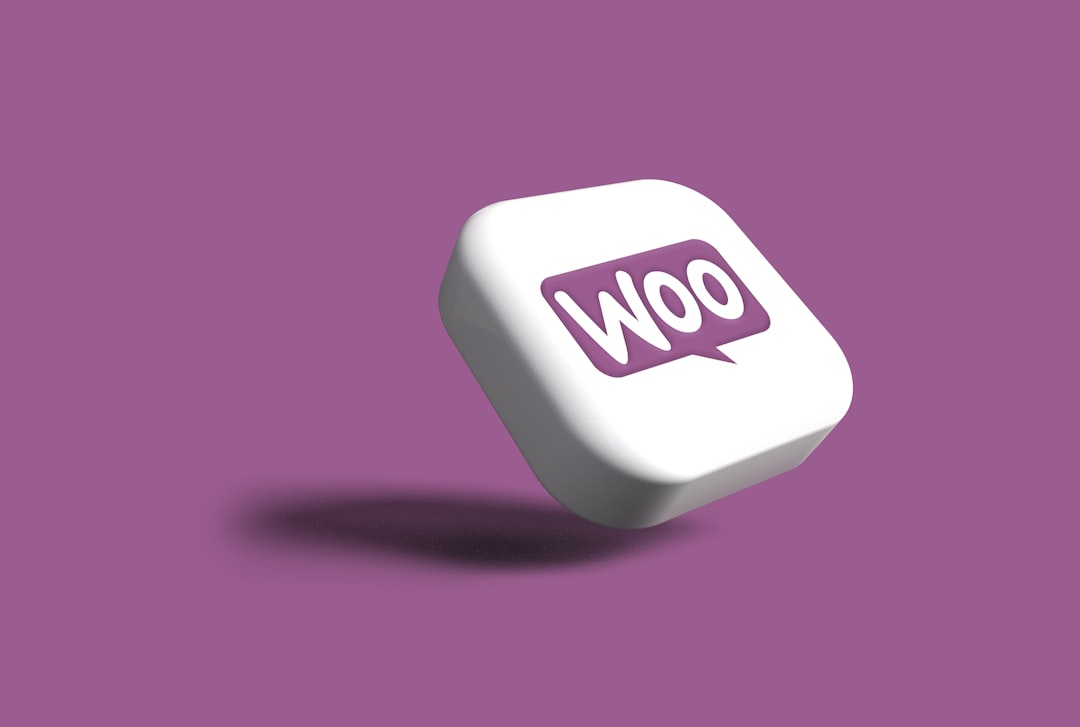WooCommerce is one of the most popular eCommerce platforms, offering a robust set of features to help businesses build and manage their online stores. However, no two businesses are the same, and many store owners need additional functionality tailored to their specific needs. This is where customizing WooCommerce features via plugins comes into play.

In this guide, we’ll explore how to extend WooCommerce functionality through plugins, from creating custom product options to improving user experience. Whether you’re a developer or a store owner, these tips will help you maximize WooCommerce’s potential.
Why Customize WooCommerce Features
Out of the box, WooCommerce provides an extensive range of features for online stores. However, your business might have unique requirements that the core WooCommerce setup doesn’t fully address. Customizing WooCommerce allows you to:
- Enhance User Experience: Add features that make shopping easier for your customers, such as custom filters or tailored checkout fields.
- Streamline Operations: Automate tasks like inventory management or shipping calculations.
- Differentiate Your Store: Stand out from competitors by offering exclusive functionality.
- Adapt to Your Niche: Implement features specific to your industry, such as subscription plans or event ticketing.
By customizing WooCommerce features, you can ensure your store meets your exact business needs while providing a seamless shopping experience for customers.
Methods for Customizing WooCommerce Features
Customizing WooCommerce can be achieved through various methods, depending on your technical expertise and business goals.
Use Pre-Built WooCommerce Plugins
WooCommerce’s vast ecosystem includes thousands of plugins that add specific features. Some popular plugins include:
- WooCommerce Bookings: Add booking functionality for appointments or reservations.
- WooCommerce Subscriptions: Enable recurring billing for subscription-based products.
- WooCommerce Product Add-Ons: Allow customers to personalize products with additional options.
Explore the official WooCommerce Extensions Store for a curated selection of plugins.
Develop Custom Plugins
If existing plugins don’t meet your requirements, you can develop your own WooCommerce plugin. This approach allows complete control over functionality and design. Custom plugins are ideal for unique needs, such as custom pricing rules or advanced reporting features.
Modify Functions.php
For minor tweaks, you can add custom code to your theme’s functions.php file. However, this method should be used cautiously, as it may cause compatibility issues during theme updates.
For tips on modifying WooCommerce safely, visit WooCommerce Developer Docs.
Customizing WooCommerce Features for Product Pages
Product pages are the heart of your WooCommerce store, and customizing them can significantly enhance the shopping experience.
Add Custom Fields to Products
Custom fields allow you to include additional information or options for products. For example, you can add a “Delivery Date” field or a “Gift Message” option.
Example using woocommerce_product_options_general_product_data hook:
add_action('woocommerce_product_options_general_product_data', 'add_custom_product_field');
function add_custom_product_field() {
woocommerce_wp_text_input(array(
'id' => 'custom_field',
'label' => __('Custom Field', 'woocommerce'),
'description' => __('Enter additional product information.', 'woocommerce'),
'desc_tip' => true,
));
}
Create Product Bundles
Let customers purchase grouped products or create their own bundles. Plugins like WooCommerce Product Bundles simplify this process, increasing average order value.
Add Custom Tabs
Custom tabs allow you to display additional product details, such as specifications, FAQs, or user guides. Plugins like Custom Product Tabs for WooCommerce make it easy to add and manage tabs.
Customizing WooCommerce Features in Checkout
The checkout process is critical to conversions. By customizing it, you can reduce cart abandonment and improve customer satisfaction.
Simplify Checkout Fields
Remove unnecessary fields or add custom ones to make the checkout process more efficient. For example, you might include a “How Did You Hear About Us?” field.
Example using woocommerce_checkout_fields:
add_filter('woocommerce_checkout_fields', 'customize_checkout_fields');
function customize_checkout_fields($fields) {
unset($fields['billing']['billing_company']); // Remove company name field
$fields['billing']['billing_how_heard'] = array(
'type' => 'text',
'label' => __('How Did You Hear About Us?', 'woocommerce'),
);
return $fields;
}
Enable One-Page Checkout
A one-page checkout process combines the cart and checkout steps, streamlining the experience. Use plugins like WooCommerce One Page Checkout to implement this feature.
Add Payment Options
Expanding payment options can cater to a broader audience. Integrate gateways like Stripe, PayPal, or Buy Now Pay Later services to provide flexibility.
Visit WooCommerce Payments Guide for more payment solutions.
Customizing WooCommerce Features for User Accounts
Enhancing the user account section can improve customer loyalty and streamline account management.
Add Custom User Fields
Allow users to input additional information during registration or in their account dashboard. For example, a wholesale store might collect VAT numbers or business licenses.
Enhance the My Account Page
Customize the My Account page with additional features, such as order tracking, wish lists, or personalized product recommendations. Plugins like YITH WooCommerce Customize My Account Page make this task easier.
Implement Loyalty Programs
Reward repeat customers with points, discounts, or exclusive offers. Plugins like WooCommerce Points and Rewards help you create effective loyalty programs.
Optimizing Performance After Customizations
Customizing WooCommerce features can sometimes affect site performance. Optimize your store to ensure fast loading times and smooth operations.
Test for Plugin Conflicts
Use staging environments to test new plugins or customizations before deploying them to your live store. Plugins like WP Staging simplify this process.
Optimize Database Queries
Customizations that involve additional queries can slow down your site. Optimize database queries using caching plugins like WP Rocket or database optimization tools like WP-Optimize.
Minimize Code Bloat
Remove unused plugins or scripts to reduce resource usage. Keeping your site lightweight improves performance and user experience.
Explore performance optimization tips on Kinsta’s WooCommerce Guide.
Conclusion
Customizing WooCommerce features via plugins is a powerful way to tailor your store to meet unique business needs. Whether you’re enhancing product pages, streamlining checkout, or personalizing user accounts, the right customizations can significantly improve user experience and boost sales.
Start experimenting with pre-built plugins or create your own to unlock WooCommerce’s full potential. For more resources, visit the WooCommerce Documentation or explore Codeable’s WooCommerce Development Services.